Under one Neck dissection is understood to mean surgical removal of the cervical lymph nodes and the adjacent tissue. The procedure is used to treat lymph node metastases in the neck area.
What is neck dissection?
The term neck dissection comes from English and means translated Neck preparation. What is meant is a radical surgical method in which the surgeon removes all lymph nodes in the head and neck region because a primary tumor is present.
This is to prevent the tumor cells from spreading any further in the body. In medicine, a distinction is made between prophylactic and therapeutic neck dissection. Prophylactic neck dissection is used when the lymph nodes are removed even if no metastases can be detected on them. With this procedure, the surgeon operates on micrometastases that are not visible. If, on the other hand, proof of the daughter tumors could be provided, it is a therapeutic neck dissection.
Function, effect & goals
The most important area of application of neck dissection is the existence of metastases of the lymph nodes in the neck area when the primary tumor is known. The procedure is also carried out if the primary tumor has not yet been identified but there are daughter tumors.
The metastases often show up in cancers that occur in the region of the head and neck. Sometimes those affected also suffer from tumors in the urinary tract, in the abdomen or in the chest region, such as bronchial carcinoma. The most common tumor diseases that lead to the formation of daughter tumors include malignant salivary gland tumors, larynx cancer, throat cancer, malignant tumors in the nose or paranasal sinuses, and neoplasms within the oral cavity such as carcinoma of the base of the tongue or tonsil carcinoma. In most cases, neck dissection is combined with subsequent radiation therapy of the primary tumor and the lymphatic drainage regions in the neck area.
Doctors differentiate between different types of neck dissection. These are the radical, the functional, the selective and the suprahyoidal neck dissection, which have different surgical techniques. The radical neck dissection involves the removal of all lymph nodes and lymph vessels in the neck area including the adjacent tissue. In addition, major nerves and blood vessels are often removed, which in turn increases the risk of complications. This radical surgical method is primarily used when there is a pronounced involvement of the lymph nodes with metastases.
The functional neck dissection is less radical. In this way, structures such as the accessory nerve, the internal jugular vein and the muscles are preserved. Functional neck dissection is performed when the lymph node metastases are not fixed.
Selective neck dissection is used when clearing out individual neck sections. Some primary tumors only affect certain lymph node areas. For this reason, doctors divide the cervical lymph node regions into six special levels. A selective neck dissection is carried out in the case of lymph node metastases that cannot be detected.
Another form is the suprahyoidal neck dissection. It is primarily used for carcinomas of the floor of the mouth, carcinomas of the lip or cancer of the tongue. The hyoid bone (hyoid bone) marks the limit of this evacuation.
Before the neck dissection, the patient is given general anesthesia. The surgeon then makes an incision in the head nodding muscle. This is located in the lateral neck region. On one or both sides of the neck, the surgeon removes the lymph nodes as well as the lymph vessels. The number of lymph nodes and vessels removed depends on their involvement. In some cases, surgical enlargement towards the collarbone may also be necessary. If necessary, the doctor will operate on additional parts of the tissue in the adjacent area. This can include glands, nerves, vessels, muscles or other lymph nodes.
In the event of a radical neck dissection, the surgeon also removes anatomical structures such as the sternohyoid muscle (sternum-hyoid bone muscle), the sternothyroideus muscle (sternum-thyroid cartilage muscle), the omohyoideus muscle (shoulder-hyoid bone muscle), the sternocleidomastoid muscle (Head nod muscle), the internal jugular vein (internal jugular vein), the accessory nerve and the submandibular gland (mandibular salivary gland). This leads to an extensive loss of tissue, which also limits the patient's function. If complications arise, further surgical measures may be necessary.
You can find your medication here
➔ Medicines against swelling of the lymph nodesRisks, side effects & dangers
Various complications are possible with neck dissection, the extent of which often depends on the extent of the intervention.
If the lymph nodes are superficially removed for diagnostic purposes, the negative side effects are considered to be less pronounced and are considered to be general surgical risks. However, if extensive surgery is performed to remove deep-seated lymph nodes, the risk of serious impairment increases. However, if gentle surgical methods are used and the surgeon has sufficient experience, the risk can be minimized.
General operational risks include a. Wound healing disorders, bleeding, secondary bleeding, the formation of scars, inflammation, sensitivity disorders on the skin as well as wound behavior that may require further surgery.
Furthermore, injuries to larger neck vessels are possible due to neck dissection. Rarely, life-threatening bleeding occurs and needs to be treated with a blood transfusion. The risks of the procedure also include damage to the deep neck veins. These in turn cause deficits in the face, the vocal cords, the tongue, the arm or the diaphragm. If larger amounts of tissue are removed as part of the neck dissection, this sometimes results in noticeable changes in shape.
Following the neck dissection, the patient must take care of the neck and head and avoid jerky movements. In the wound area, washing and shaving should be temporarily stopped.



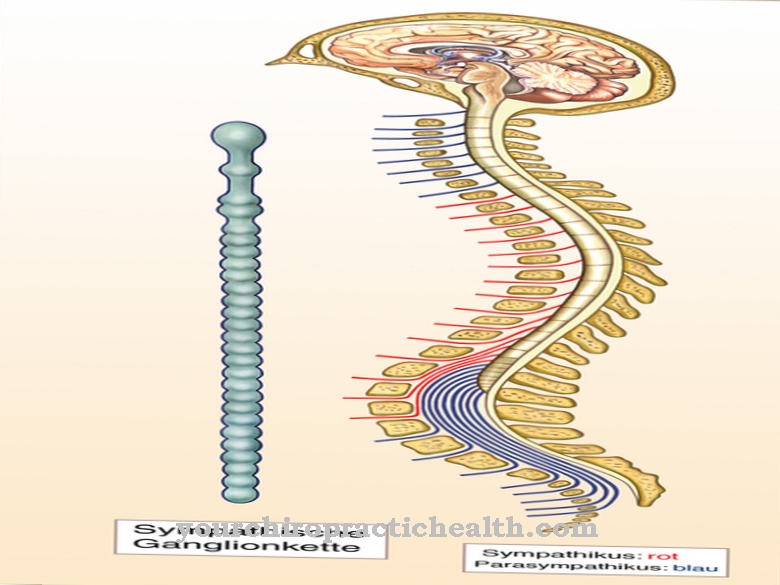

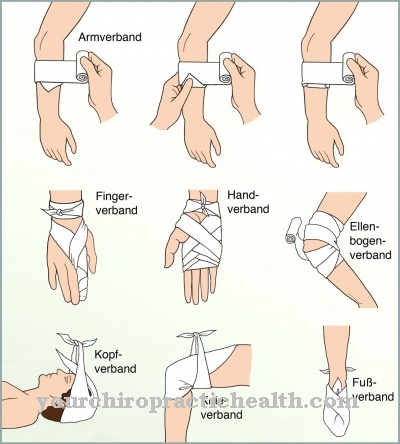


.jpg)

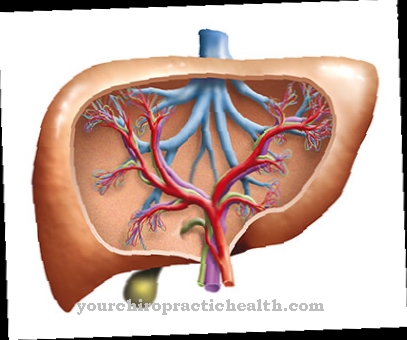

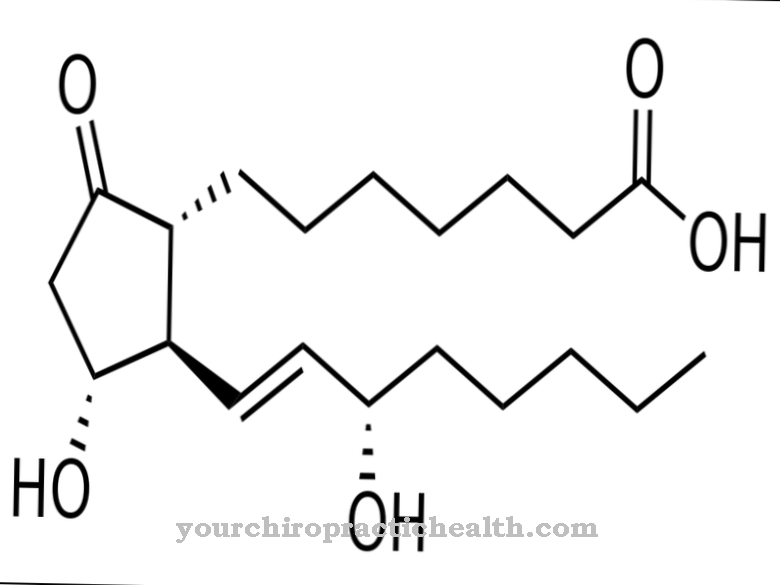
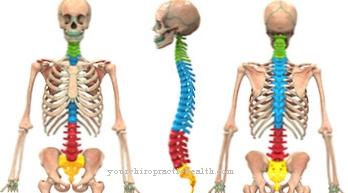



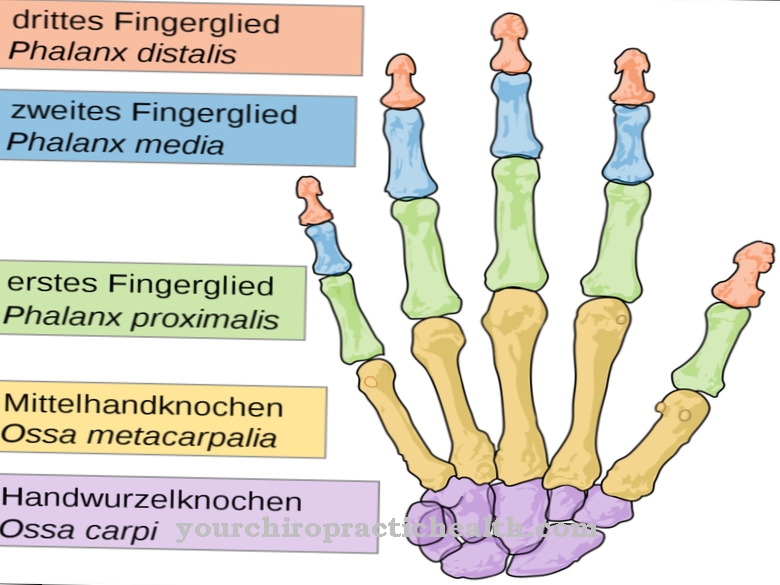










.jpg)